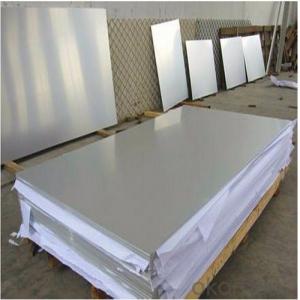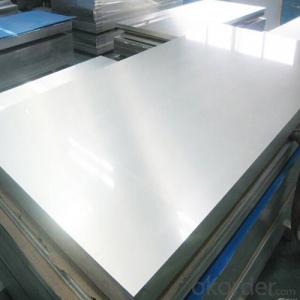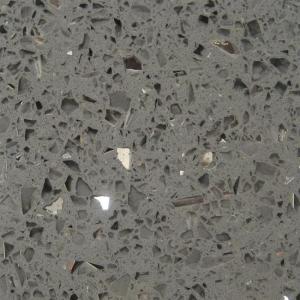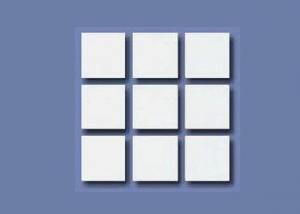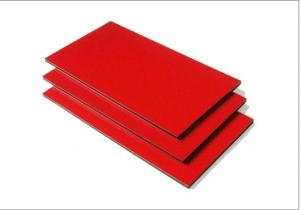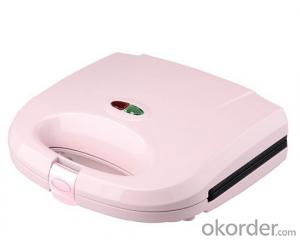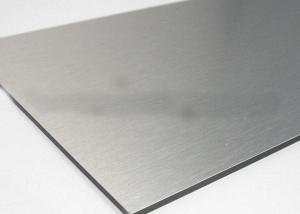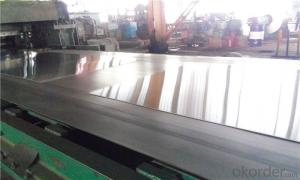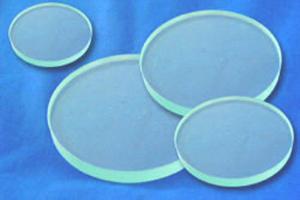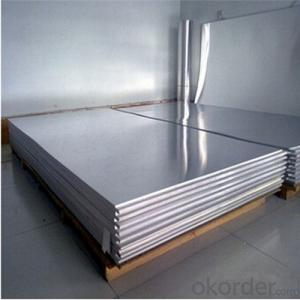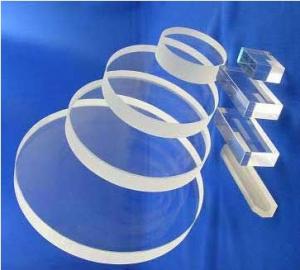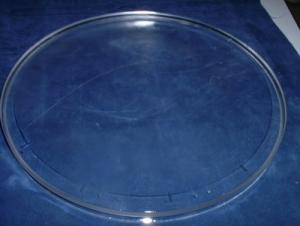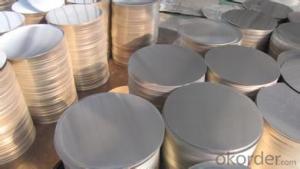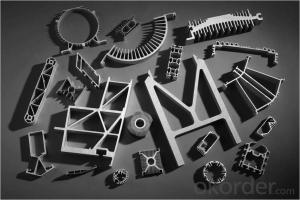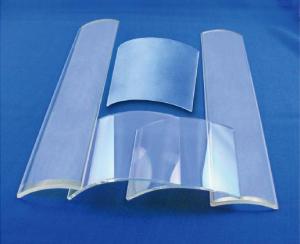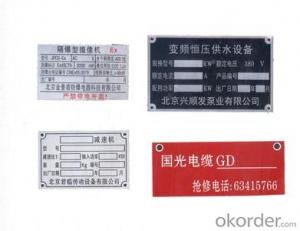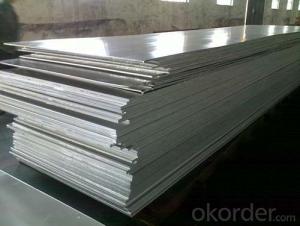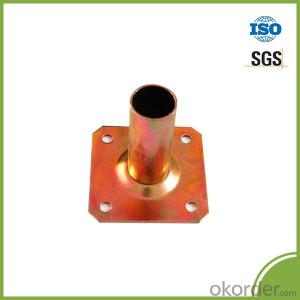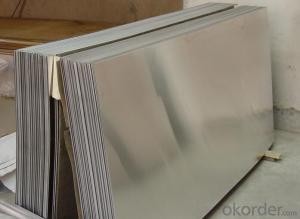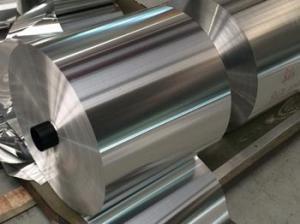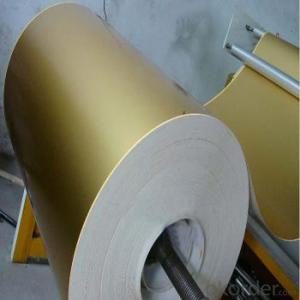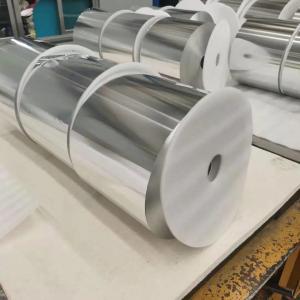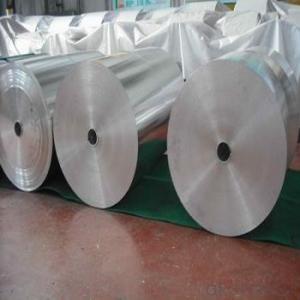Kensington Aluminum Plate
Kensington Aluminum Plate Related Searches
Kaiser Aluminum Plate Aluminum Metal Plate Kick Plate Aluminum Polished Aluminum Plate K100s Aluminum Plate Bending Plate Aluminum Perforated Aluminum Plate Nickel Plate Aluminum K100 Aluminum Plate Aluminum Paper Plate Arconic Aluminum Plate Engraved Aluminum Plate Bending Aluminum Plate Aluminum Square Plate Zinc Plate Aluminum Alcoa Aluminum Plate Chrome Plate Aluminum Aluminum Plate Panels Aluminum Profile Plate White Aluminum Plate Aluminum Dimond Plate Aluminum Cover Plate Aluminum Keyboard Plate Aluminum Plate Metal Aluminum Floor Plate Brushed Aluminum Plate Aluminum Mounting Plate Welding Aluminum Plate Ribbed Aluminum Plate Embossed Aluminum PlateKensington Aluminum Plate Supplier & Manufacturer from China
Kensington Aluminum Plate is a high-quality product that consists of various aluminum sheets and plates known for their durability and strength. These plates are widely used in numerous industries, including construction, automotive, and aerospace, where lightweight and strong materials are essential. The unique properties of Kensington Aluminum Plate make it ideal for applications such as structural components, exterior cladding, and decorative elements. Okorder.com is a reputable wholesale supplier of Kensington Aluminum Plate, offering a vast inventory of this product to cater to the diverse needs of customers. With a commitment to quality and customer satisfaction, Okorder.com ensures that Kensington Aluminum Plate is readily available for businesses and individuals seeking reliable and robust aluminum solutions.



